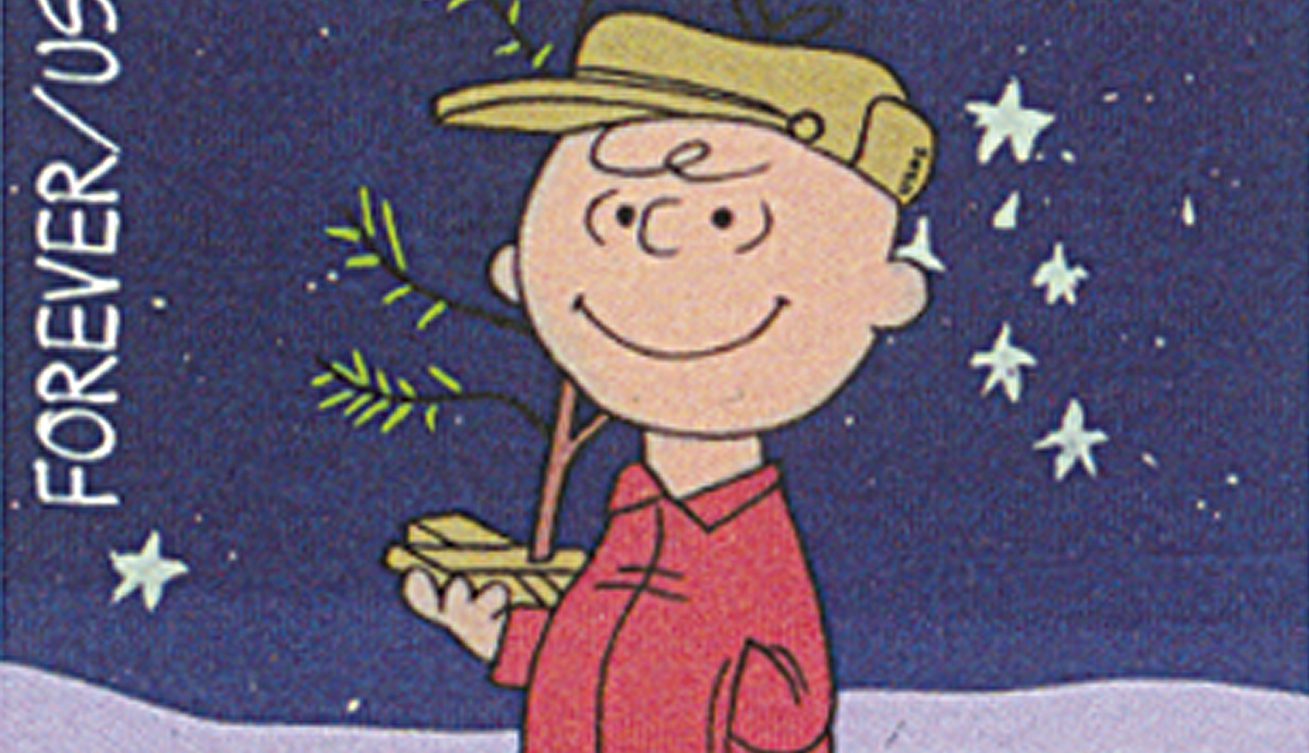Buffalo Bill’s Wild West
On May 19, 1883, the first Buffalo Bill’s Wild West show opened in Omaha, Nebraska. The show ran under a few different names for 30 years.

On May 19, 1883, the first Buffalo Bill’s Wild West show opened in Omaha, Nebraska. The show ran under a few different names for 30 years.

On May 4, 1974, Expo ’74 opened in Spokane, Washington. “Celebrating Tomorrow’s Fresh New Environment,” it was the first world’s fair to focus on environmental themes.

On April 22, 1878, the White House hosted its first official Easter Egg Roll on Easter Monday. It’s a beloved tradition that has continued to this day.

On December 9, 1965, A Charlie Brown Christmas first aired on television. It marked a number of firsts, won multiple awards, and became a holiday tradition for millions of Americans.

On December 4, 1867, Oliver Hudson Kelley established the National Grange of the Order of Patrons of Husbandry. The Grange organized America’s farmers into a powerful political and economic group that lobbied for “Granger Laws.”

While Scott Joplin’s exact birthdate is unknown, it’s often considered to be November 24, 1868, as shown on his tombstone. Joplin was dubbed the “King of Ragtime Writers,” known for hits such as “Maple Leaf Rag” and “The Entertainer.”

On July 22, 1893, Katharine Lee Bates wrote America the Beautiful. It has since become one of America’s most beloved patriotic songs, and has often been proposed to become our national anthem.

On July 4, 1987, the USPS issued the first in a series of stamps honoring America’s first 13 states. The series honored each state’s 200th anniversary of statehood as well as the bicentennial of the ratification of the Constitution.

On June 20, 1782, the United States adopted the Great Seal. It had taken six years, three committees, and the work of 14 men.